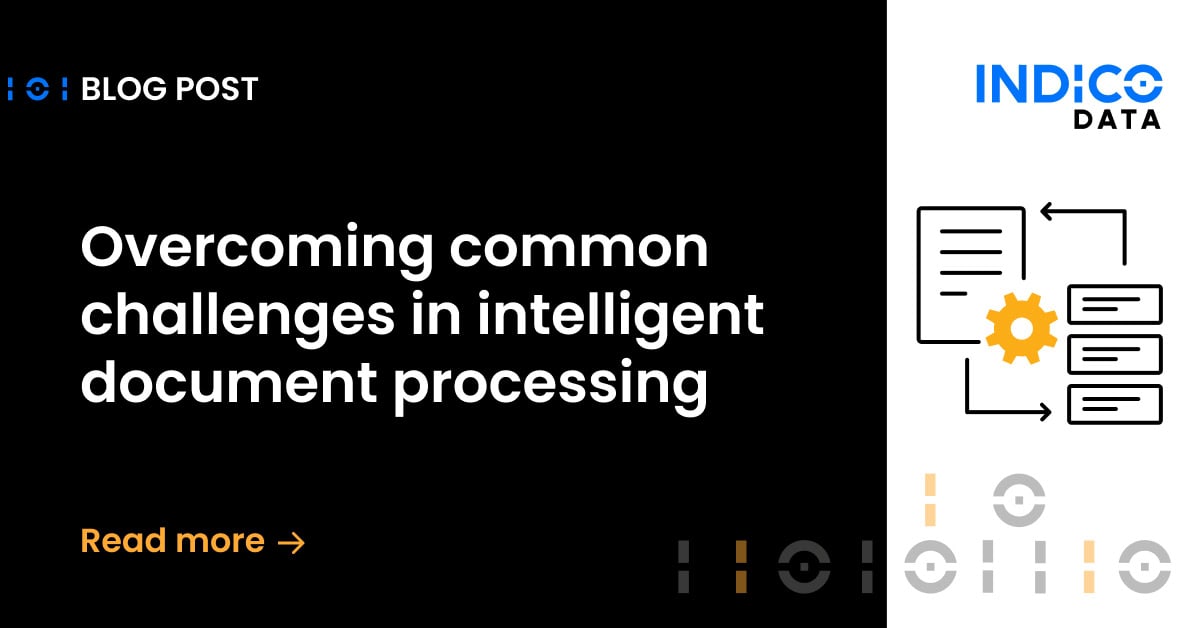This article was written by Vishesh Bhatia of Cognizant’s automation advisory services team in the intelligent automation practice. With over 12 years of management consulting experience across industries, with a central theme being operational excellence through automation. Vishesh led his first automation program at Cognizant 8 years ago when automation wasn’t yet a buzzword. Starting his career in India, followed by assignments in Australia, China, the Middle East and now the United States. Today, Vishesh helps organizations at different stages of automation maturity with their automation journey – from beginners to mature teams struggling to achieve enterprise scale.
I recently participated in a webinar on a frequently raised topic by Cognizant clients I consult: How do you build an automation center of excellence or COE?
COEs are critical so companies can realize the most benefit from any transformative effort, but even more so for artificial intelligence projects, especially intelligent process automation. AI and process automation solutions are still relatively new and not pervasive in most organizations, so a COE must nurture them, share lessons learned, and ensure discipline in deployment. Very few companies have experience in establishing and operating an effective automation COE, which the webinar addressed.
This topic is a common pain area and would suit for a series of blog posts. My friends at Indico, which sponsored the webinar, agreed – so here we are.
Let’s start by establishing the role a COE plays in the automation lifecycle, how it should be structured, and the ways it’s funded.
The anatomy of an automation COE
At its core, the following represent the key functions within an automation program:
- Intake and prioritization: The COE is responsible for managing the automation pipeline, defining a process for idea intake generated by the business, and clearly articulating the evaluation criteria on which automation candidates are prioritized. The evaluation criteria ideally should be dictated by the objectives of the automation program, which should align to organizational goals like cost savings, enhanced customer experience, faster time to market, and improved compliance.
- Automation development: This is the most critical function of the COE, in which the ideas gathered during intake turn into actual automated processes. The development team comprises solution designers, business analysts and developers. They work with business process owners to document requirements, design a future state automated process blueprint and build it using a combination of automation and AI technologies.
- Operations and support: Once automation is built, it needs to be deployed and managed. To do that requires an operations team that will trigger or schedule automation as needed and monitor performance. This team is also responsible for any automation troubleshooting/support. Depending on the nature of the issues, the team should have a mix of business process analysts who can provide support in process-related matters and technical analysts who can investigate any technical problems related to the tool, the code, or the environment in general.
It is essential to call out that there is no one-size-fits-all approach for how COEs are structured. Depending on the organization’s scale, complexity, and maturity, individual business teams can own and manage some functions.
Related Content: What is Intelligent Process Automation?
Deciding on a Center of Excellence model
Depending on the maturity and scale of the enterprise automation program, organizations have three principal operating model choices: centralized, decentralized, or federated.
In most cases, it’s advisable, to begin with, a centralized model to develop expertise and, more importantly, establish standards, policies, and procedures before a broader rollout of the technology. I liken this to an athlete building muscle memory with years of training before being ready for a big competition.
Automation programs have many moving parts, and all must operate in harmony for the program to function smoothly. For example, the intake form needs to align with the evaluation criteria, aligning with program objectives like cost reduction or customer satisfaction. Similarly, the documentation of business requirements should allow developers to seamlessly translate them into actual code without constant back and forth with the process owners. Any re-usable objects you build should be maintained in a library with a well-defined taxonomy for future reference.
These are just a few examples that illustrate why central oversight by the COE is vital in the early stages of the program. Once practices are standardized and the organization gets into an operating rhythm, it can slowly decentralize the model, especially as the business pursues speed and scale.
Ultimately, the goal should be to move to a federated model where most development responsibilities are distributed to individual business units. At the same time, the centralized COE continues to provide guidance and oversight. This acts as a force multiplier and helps organizations reach automation and ROI goals sooner than a rigid centralized structure.
A decentralized model is usually not recommended unless the organization’s construct lends itself best to operate in a decentralized fashion. Individual business units and functions make independent technical, design, and funding choices, with little opportunity for collaboration and overlap.
Funding the Center of Excellence
Whichever COE model you choose, the automation program, including the COE, must be funded. Organizations usually do this by using the savings derived from efficiencies gained by automating business processes. In other words, a self-funding model where the program pays for itself. Behind the scenes, most organizations operationalize self-funding programs by adopting a chargeback model where business units pay for the automation the COE builds for them.
Nidal Nasr, an end-user representative on the webinar with more than 20 years of experience in the insurance industry and a wealth of automation expertise, noted it is essential to consider the cost of funding the program and not funding it.
Nidal is right since automation use cases are no longer just about saving costs. The efficiencies introduced by automating business processes are catalysts for transformative change, leading to revenue upside and increased customer satisfaction and market share. Nearly all industries are adopting process automation solutions. If yours is not among them, the cost of being left behind is higher than the cost of funding the initial program.
More to come
In the coming weeks, I’ll share more takeaways from the webinar, including how to get off the blocks and progress to “Day 2” projects, such as those involving unstructured content. I will also cover why the COE is crucial in developing process automation methodologies and frameworks and why change management governance is essential to process automation projects. To see how Cognizant is thinking about Intelligent Process Automation. click here.
Click here to view the on-demand webinar and learn more..


